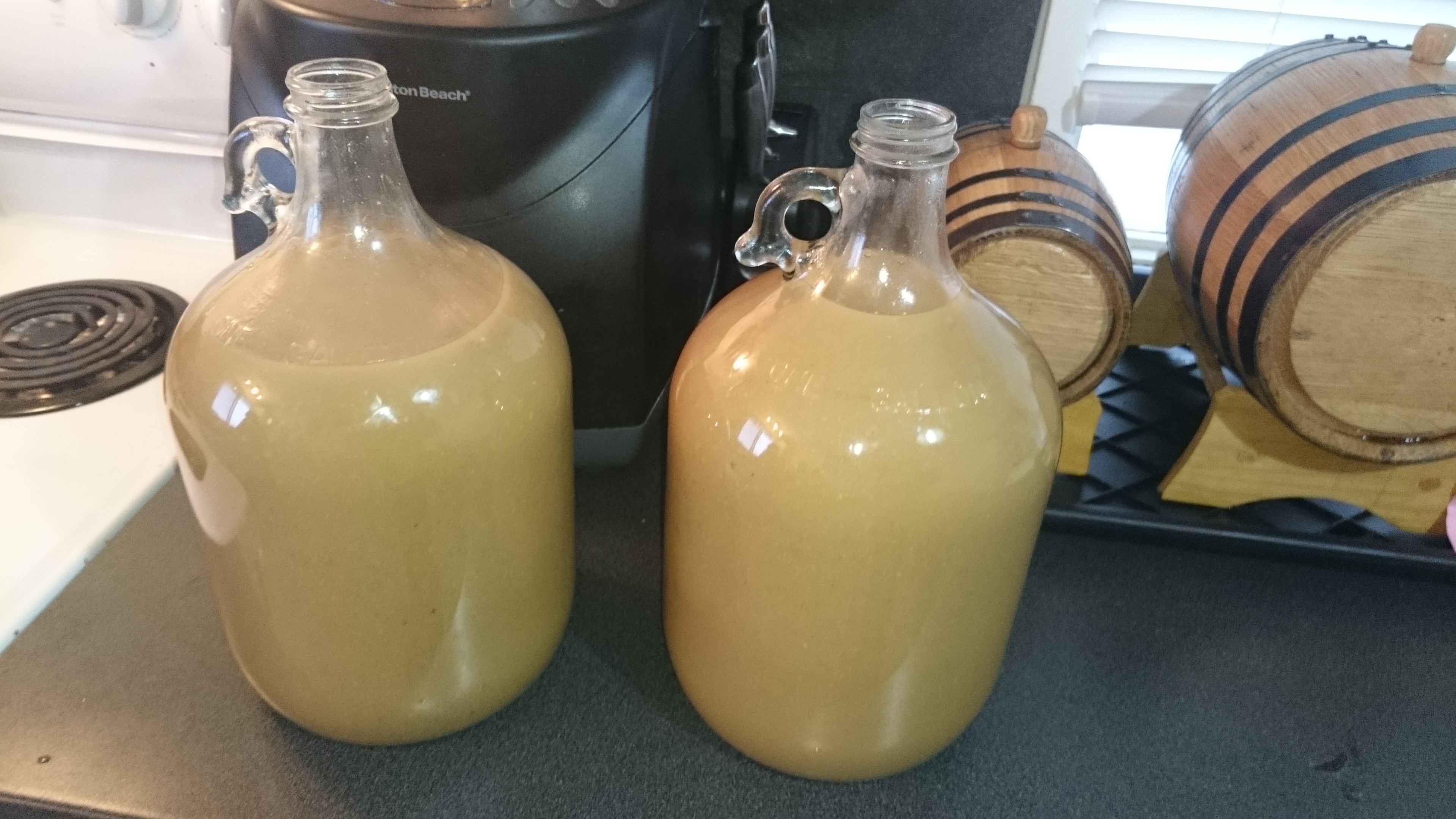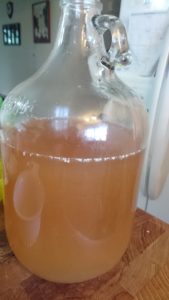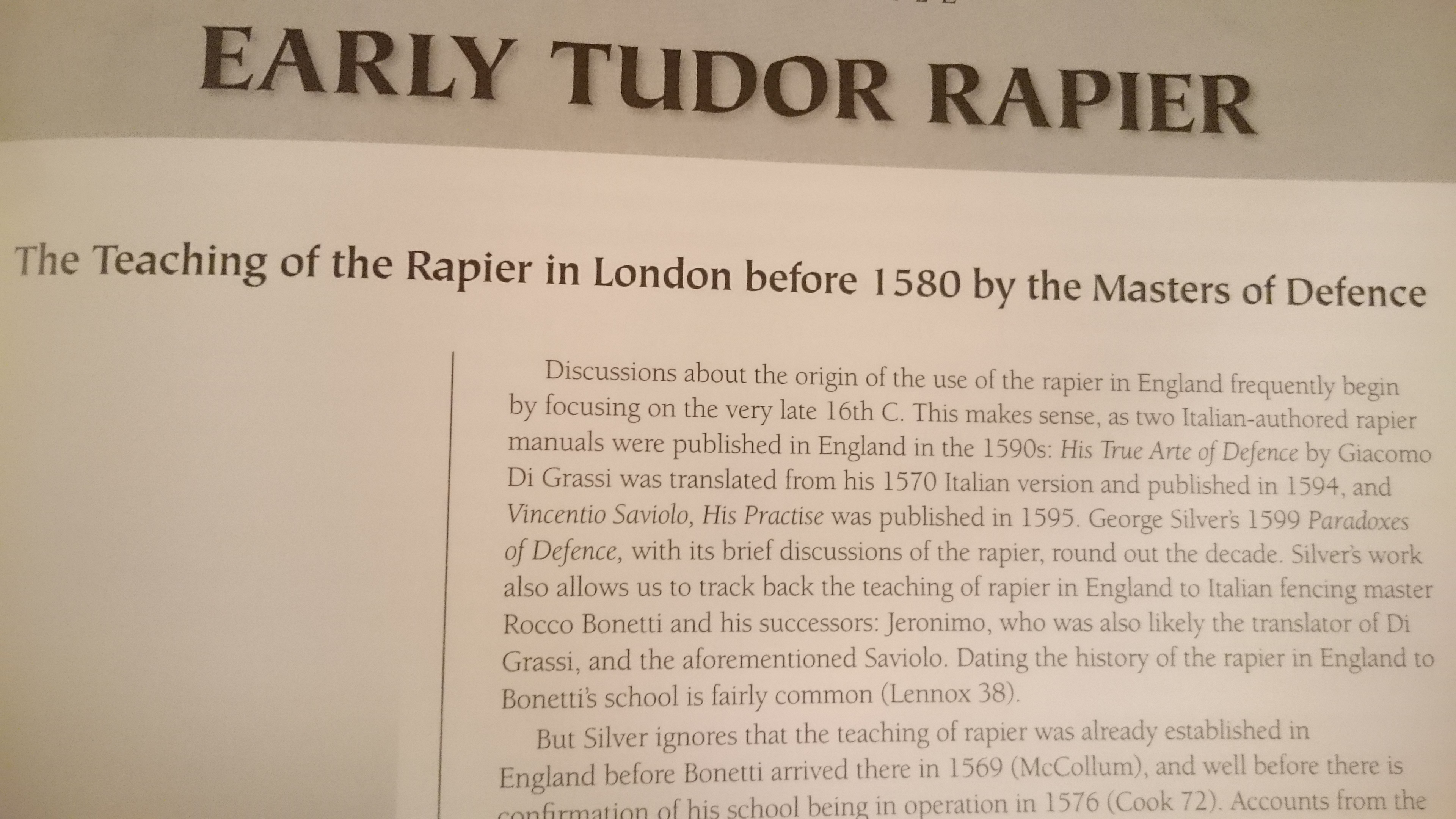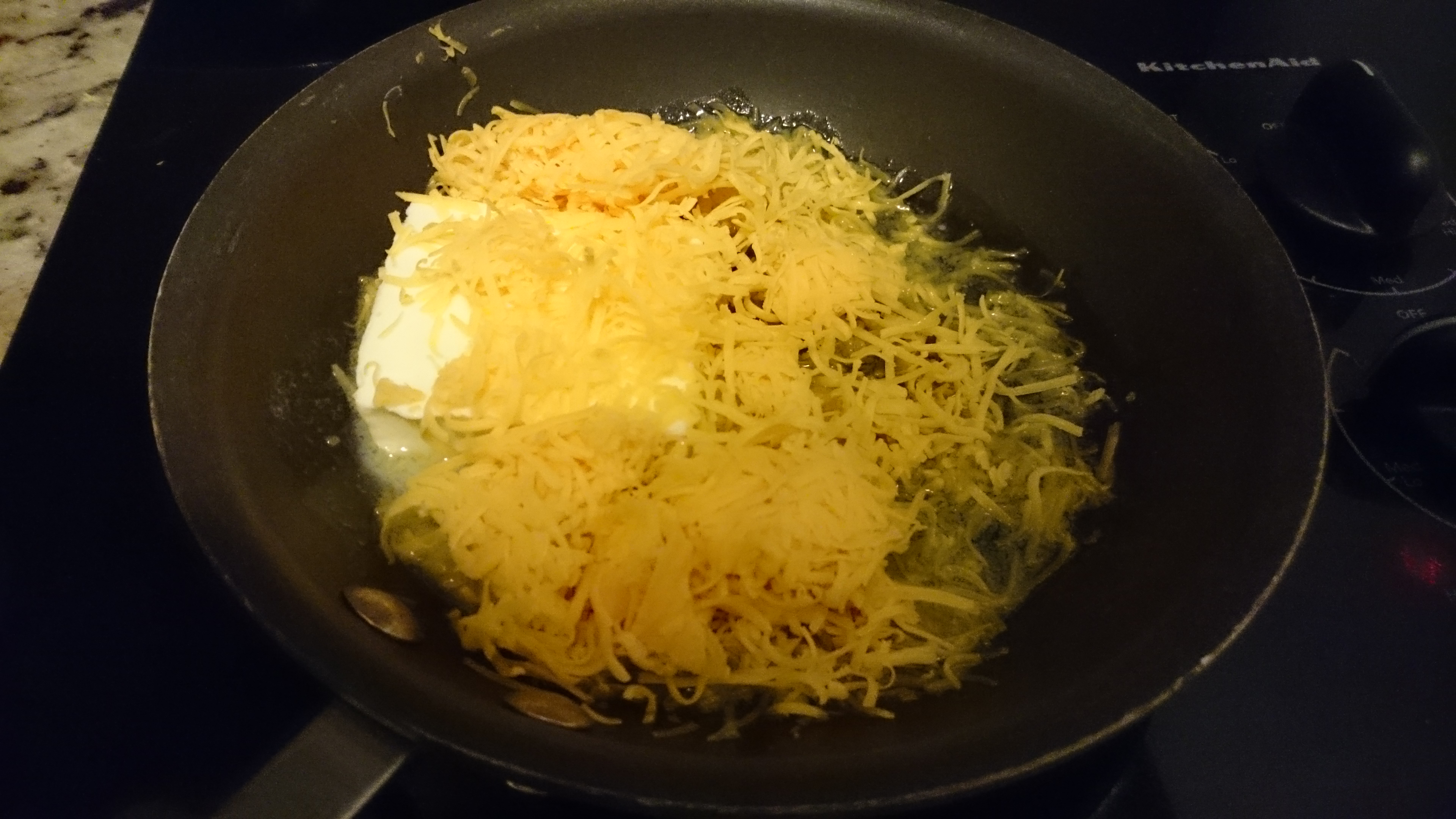Tudor Beer
I was reading this article about Tudor Beer from Brew Your Own, a home brewing website, and I thought it would be fun to try. A friend of mine, Machabi Caiaphas, is a great brewer so I asked if he’d help me brew up a batch, this is the first time I’ve brewed so it was a new adventure for me.
The early English brewing industry focused primarily on ale, made with gruit (Unger 2004, 64), and expanded and commercialized significantly during the 14th century (Unger 2004, 98). At the same time hopped beer was being imported from Holland and Flanders (ibid.) primarily for the immigrant population which was more used to beer than ale. England also made something called beer, though unhopped, as early as the late 12th century (Unger 2004, 97) however it had a reputation as not being as good as ale or hopped beer. English brewers began producing hopped beer in the 15th century (Unger 99), though the operations were primarily run by immigrants, which caused other tensions (ibid.). By the 16th century the primary difference between beer and ale was the additives used to flavour it. While beer used hops, ale used herbs, spices, fruit, and sometimes even toasted bread (Unger 100). By the middle of the 16th century in most, though not all (Unger 103), areas the ale brewers and beer brewers had merged (Unger 102) though there remained a firm distinction between the definitions of ale and beer based on the additives. Many Englishmen felt that ale was the proper drink of the English while beer was for foreigners (Unger 100), however the tide was shifting in England and by the last quarter of the century beer had mostly replaced ale as the preferred beverage in England (ibid.).
(more…)



You must be logged in to post a comment.